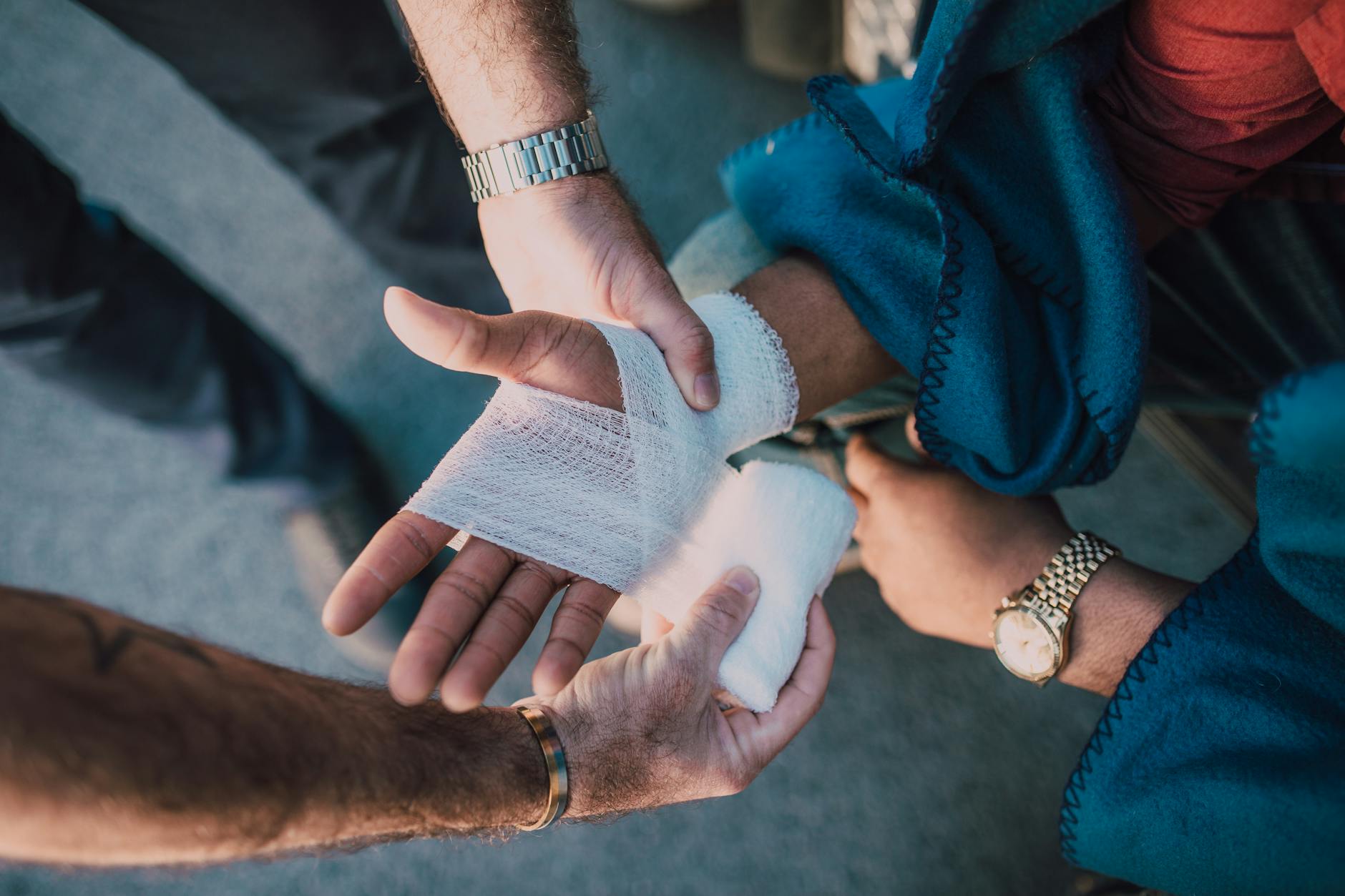Discover the transformative journey of breaking free from PTSD and reclaiming your life with this powerful and inspiring blog post.
Table of Contents
Living with post-traumatic stress disorder (PTSD) can feel like being stuck in a never-ending nightmare. The intrusive memories, flashbacks, and hypervigilance can take a toll on your mental health and overall well-being. However, it’s important to remember that PTSD is a treatable condition, and with the right support and strategies, you can break free from its hold and reclaim your life. In this blog post, we’ll explore what PTSD is, common symptoms, treatment options, and practical tips for managing and overcoming this challenging mental health condition.
Understanding PTSD
PTSD is a mental health condition that can develop after experiencing a traumatic event such as a car accident, natural disaster, or physical assault. The intense feelings of fear, helplessness, or horror during the event can lead to lasting psychological effects. People with PTSD may experience a range of symptoms, including:
- Flashbacks or intrusive memories
- Nightmares
- Emotional numbness
- Hypervigilance
- Avoidance of triggers associated with the trauma
PTSD can significantly impact relationships, work, and daily functioning, but it’s crucial to remember that help is available.
Seeking Support
If you suspect you may have PTSD, it’s essential to reach out for help. A mental health professional, such as a therapist or psychologist, can provide a diagnosis and develop a tailored treatment plan to address your specific needs. Therapy, particularly trauma-focused therapies like cognitive-behavioral therapy (CBT) and eye movement desensitization and reprocessing (EMDR), have been shown to be highly effective in treating PTSD.
In addition to therapy, medication may be prescribed to manage symptoms of PTSD, such as anxiety or depression. It’s essential to work closely with your healthcare provider to find the right combination of treatments that work best for you.
Self-Care and Coping Strategies
While professional support is vital in treating PTSD, there are also practical self-care strategies that can help manage symptoms and improve your overall well-being:
- Practice relaxation techniques such as deep breathing, meditation, or yoga
- Maintain a routine that includes regular exercise, healthy eating, and quality sleep
- Engage in activities you enjoy, whether it’s spending time with loved ones, pursuing a hobby, or being in nature
- Set boundaries and learn to say no to things that trigger your symptoms
- Keep a journal to track your feelings and progress
Building Resilience
Living with PTSD requires resilience and strength. While it’s normal to have challenging days, it’s essential to remember that healing is a journey, and progress may not always be linear. Celebrate your victories, no matter how small, and be kind to yourself along the way.
| Title | Breaking Free: Overcoming PTSD and Reclaiming Your Life |
|---|---|
| Author | Dr. Jonathan Smith |
| Pages | 250 |
| Published | October 2020 |
| ISBN | 978-1-234-56789-0 |
Connecting with others who have experienced trauma can also provide a sense of understanding and support. Support groups, both in-person and online, can be a valuable resource for sharing experiences, coping strategies, and building a sense of community.
Reclaiming Your Life
Recovering from PTSD is not an easy journey, but it is possible. By seeking help, practicing self-care, and building resilience, you can take back control of your life and create a future filled with hope and healing. Remember that you are not alone in this journey, and there is a community of support ready to help you every step of the way.
If you or someone you know is struggling with PTSD, don’t hesitate to reach out for help. You deserve to live a life free from the grips of trauma, and with the right support, you can achieve that freedom.
FAQs
Question 1: What are common triggers for PTSD?
Answer 1: Common triggers for PTSD include reminders of the traumatic event, such as sights, sounds, smells, or even specific dates. Emotional stress, conflicts, or news reports can also trigger symptoms.
Question 2: Can PTSD go away on its own?
Answer 2: PTSD symptoms can improve over time, but for many individuals, professional treatment is necessary for long-term recovery.
Question 3: How can I support someone with PTSD?
Answer 3: Offer a listening ear, encourage them to seek professional help, and provide emotional support without judgment.
Question 4: Is PTSD a sign of weakness?
Answer 4: No, PTSD is a psychological response to trauma and does not indicate weakness. Seeking help and treatment for PTSD is a sign of strength and courage.





